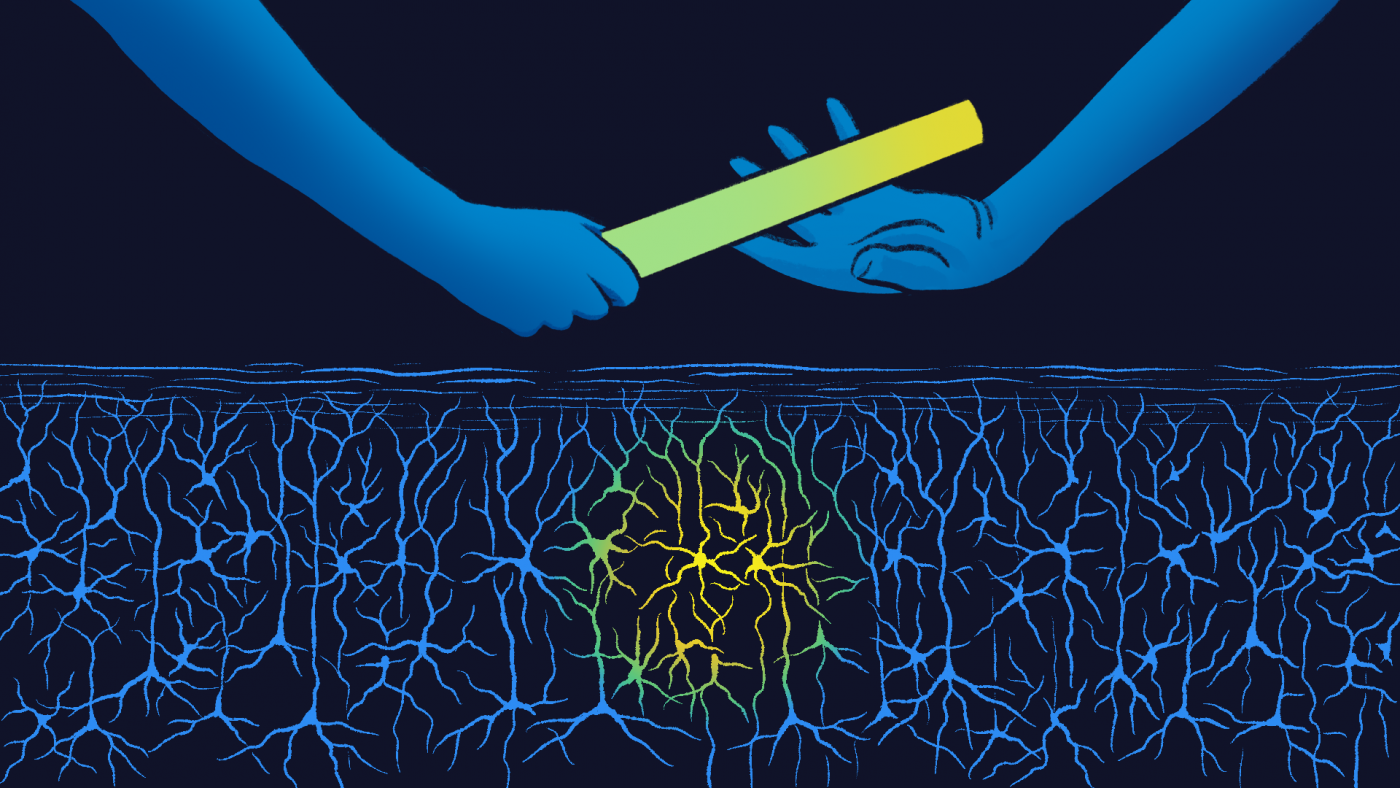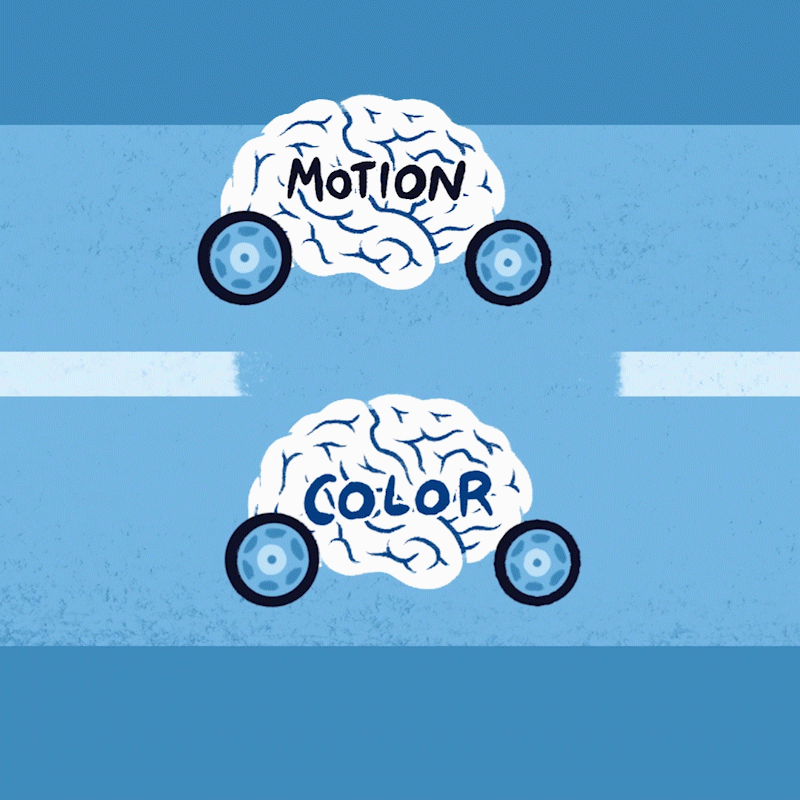When neuroscientist NaYoung So, PhD, was in kindergarten, she was fascinated by how she and her friends preferred different toys. Now, that childhood curiosity has grown up into a scientific quest to uncover the neural foundations of preferences like those and decisions based on them, which Dr. So has pursued in the lab of Michael Shadlen, MD, PhD, a principal investigator at Columbia’s Zuckerman Institute.
It’s an interest that touches on the biggest questions about brains and minds.
“Decision-making is a window on thought,” said Dr. Shadlen, who also is a professor of neuroscience at Columbia’s Vagelos College of Physicians and Surgeons and a Howard Hughes Medical Institute investigator.
For years, he has been working with an animal model of decision-making. Central to the model is a simple behavior: a change in the direction the eyes are pointing. For Drs. Shadlen and So, these readily-observable actions reveal, in their research setup, an animal’s otherwise invisible perceptual decision about which direction a dynamic pattern of random dots seems to be moving, say, to the right or left.
This research framework has enabled the scientists to trace neural pathways all the way from sensory input (dot patterns) to the motor output (eye movements). By eavesdropping on neurons in the parietal cortex, a brain region known to enable decision-to-action behaviors, the scientists managed to spy on elements of brain circuitry that form the decision itself—the accumulation of evidence leading to the answer—that is, the thought process behind their eye-pointing decisions and actions.
Now imagine that the animal’s attention is diverted from the task of watching the dot pattern. Think here of the challenge of staying on task as you read a book in a café where interesting and active people steal your attention from time to time. How do we instantly get back on track?
In the journal Neuron, the Zuckerman Institute duo now report glimpsing, for the first time, a baton-like handoff of neural information from one set of neurons in the parietal cortex to another set in ways that bridge such interruptions. The transfer of information, Dr. So said, confers continuity of decision processes even in distracting settings. This kind of information-transfer process also could be what enables us to perceive the world as stable even as we move about, turn our heads and shift our gaze, she added.
This is fundamental neuroscience, but as a neurologist Dr. Shadlen envisions medical value in the work. “I think we can understand the building blocks of complex human thought processes by studying the neural mechanisms that give rise to difficult perceptual decisions by animals,” he says. “The breakdown of these building blocks may hold the key to disorders that affect higher cognitive function in humans, ranging from attention deficit and dyslexia to dementia and schizophrenia. It is through detailed understanding of the neural mechanisms that underlie proper decision making, or coherent thought, that we will, in the not so distant future, discover new ways to remedy such disorders.”
The paper, titled “Decision formation in parietal cortex transcends a fixed frame of reference,” was published on August 22, 2022, in Neuron. Its authors are NaYoung So and Michael N. Shadlen.
This research was supported by Howard Hughes Medical Institute (HHMI) and the National Institutes of Health (R01-NS113113).
The authors declare no competing interests.



